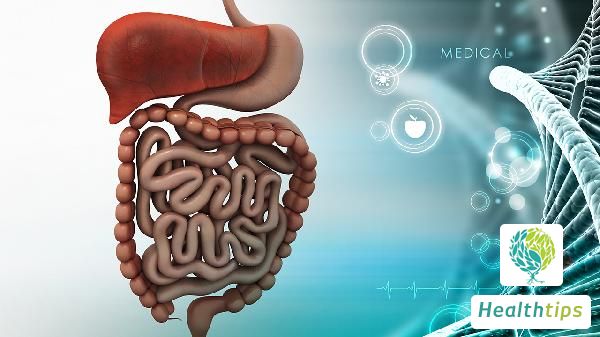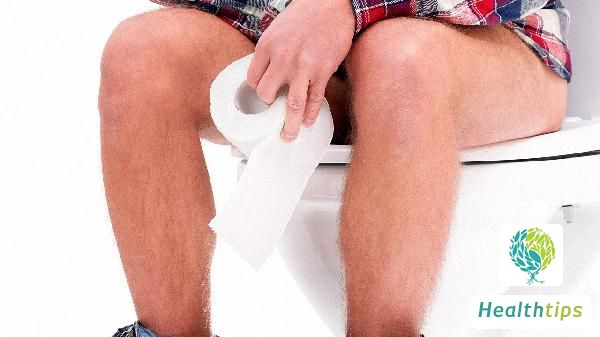How Can I Distinguish Between Blood in Stool and Hemorrhoids?
Distinguishing Blood in Stool and Hemorrhoids

Blood in stool and hemorrhoids can be distinguished through various aspects such as symptoms, causes, locations, and treatment methods. It is recommended that patients promptly seek medical attention, where doctors will conduct differential diagnosis based on specific circumstances.
1. Symptoms:
Hemorrhoids are soft venous clusters formed by dilation or flexion of venous plexuses under the mucosa at the end of the anal rectum and under the skin of the anal canal. Blood in stool, on the other hand, may be caused by bleeding from gastrointestinal diseases, such as ulcerative colitis and colonic polyps. Patients with hemorrhoids often experience symptoms like anal itching and pain, and may observe bulging during bowel movements. Those with gastrointestinal diseases, in addition to blood in stool, may also experience abdominal pain, diarrhea, and other symptoms.
2. Causes:
The occurrence of hemorrhoids is related to multiple factors, including prolonged sitting and unhealthy eating habits. Gastrointestinal diseases, on the other hand, are often linked to long-term unhealthy dietary habits, such as frequently consuming spicy or irritating foods.
3. Locations:
Hemorrhoids typically occur around the anus, whereas gastrointestinal diseases can manifest in the stomach, small intestine, and other locations.
4. Treatment Methods:
Patients with hemorrhoids can be treated with medications such as Malinglong Musk Hemorrhoids Ointment and Compound Carrageenan Ester Cream under a doctor's guidance, and surgery may be necessary in some cases. Patients with gastrointestinal diseases need to take medications like Omeprazole Enteric-coated Capsules and Amoxicillin Capsules under medical supervision. If unable to differentiate between blood in stool and hemorrhoids oneself, it is essential to promptly visit the general surgery department of a hospital for visual and tactile examinations to receive a definitive diagnosis.



















